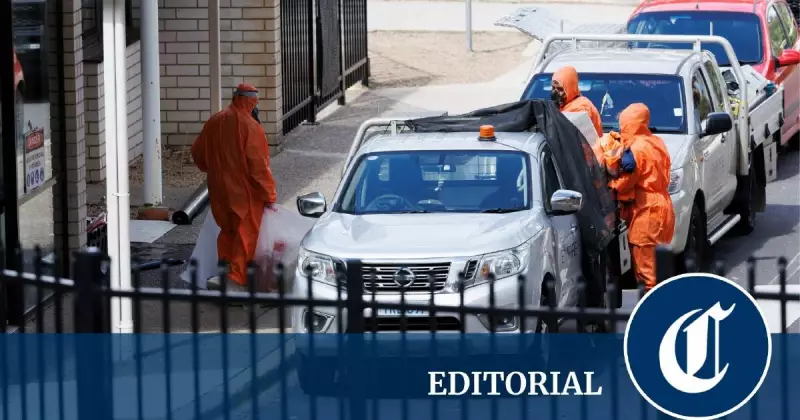
The Canberra community has been thrown into disarray as a widespread recall of asbestos-tainted play sand forces the abrupt closure of dozens of public schools across the Australian Capital Territory. This decision, announced late on Sunday, November 16, 2025, has left thousands of parents scrambling for last-minute childcare arrangements.
A Late-Night Crisis Unfolds
Many Canberra families first learned about the mass school closures not through official channels, but via ubiquitous WhatsApp groups, which served as a modern-day emergency alert system. The news, delivered late on a Sunday evening, forced parents to make alternative arrangements for their children with mere hours' notice. The situation stands in stark contrast to the approach taken by other educational systems and state governments.
Canberra's Catholic and independent schools have remained open, as have schools in New South Wales, Queensland, and Victoria. These institutions are managing the issue internally, assessing the risk as low and causing minimal disruption to student learning. South Australia, while identifying more than 100 schools where the contaminated "magic sand" product was present, has also opted against widespread closures.
An Isolated and Questioned Response
The ACT government's decision to shut down 69 public schools appears to be a disproportionate response, creating chaos where other jurisdictions have maintained calm. This has raised serious questions for ACT Education Minister Yvette Berry, who faces growing demands for transparency.
Minister Berry somewhat curiously told a radio station that the closure decision was made by the director of the Education Directorate, a statement that has left many wondering where the ultimate responsibility lies. As the minister, the public expectation is that the buck stops with her and Chief Minister Andrew Barr.
The minister has defended the closures, citing independent testing by the ACT's health and safety experts and obligations under Work Health and Safety Regulations to "eliminate the risk as far as reasonably practicable." However, this justification has fueled suspicion that the decision was driven more by a strict, perhaps exceptionalist, interpretation of safety laws than by a proportional assessment of the actual risk, which WorkSafe ACT itself advised was low.
Lingering Questions and Mounting Frustration
The crisis has left critical questions unanswered. What specific levels of asbestos contamination did the ACT's tests reveal? Is there credible evidence that the tremolite asbestos fibres in the sand could become airborne and be inhaled by students, contrary to assessments made by experts in other states?
For parents, especially those in jobs that do not allow for remote work, the closures represent a significant logistical and financial burden. The visual of workers in hazmat suits taking an entire day to clear just one school, Black Mountain School, suggests that a return to normalcy could be many days away.
The core of the debacle lies in a simple, unresolved contradiction: either much larger and better-resourced states like NSW, Queensland, and Victoria have grossly underestimated the danger, or the ACT government has plunged its education system into chaos without a sufficiently compelling reason. Caution is prudent, but the resulting confusion and lack of a coordinated response have severely undermined public confidence.





